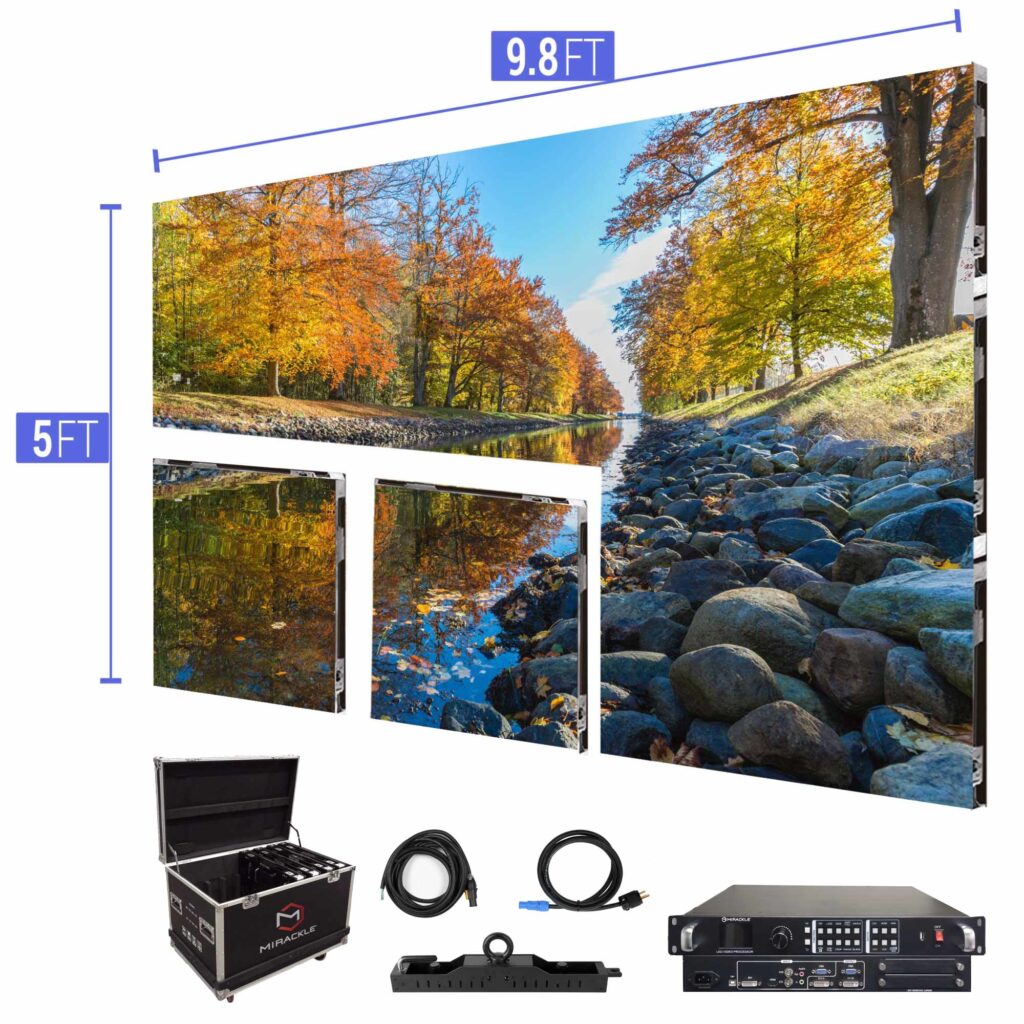Examining the Diverse Connectivity Options Available for Light Emitting Diode Wall Modules
Examining the Diverse Connectivity Options Available for Light Emitting Diode Wall Modules
Blog Article
LED display panels have gained traction for their capacity to deliver crisp imagery in multiple settings, from professional environments to event venues. One of the most significant aspects of these systems is their connectivity options, which allow users to connect them to different devices and systems. Comprehending the diverse connectivity options supported for Light Emitting Diode wall panels is essential for enhancing their use and effectiveness. This discussion details these features, highlighting how they can adapt to specific needs and preferences.
One common interface method for LED wall panels is High-Definition Multimedia Interface. HDMI is broadly recognized for transmitting crisp video and audio signals between devices. This interface type is especially useful in commercial environments, such as meeting spaces or classrooms, where presentations or video content are often displayed. By using digital connectors, users can easily connect laptops, projectors, and streaming equipment to LED wall panels, guaranteeing a sharp and vibrant display of media.
Another commonly used connectivity option is Display Port, which is comparable to High-Definition Multimedia Interface but offers enhanced advantages. DisplayPort can support elevated refresh rates and display outputs, making it an excellent choice for gaming or graphic-intensive applications. For those deploying Light Emitting Diode wall panels in environments where output quality is critical, such as competitive gaming venues or creative workspaces, DisplayPort can provide the necessary visual quality. Moreover, many contemporary computers and graphics cards feature Display Port connections, making it a convenient solution for tech-savvy users.
In contrast to High-Definition Multimedia Interface and DisplayPort, wireless connectivity options are becoming progressively prevalent in LED wall panel solutions. Cable-free connections allow users to transmit content without the requirement for physical cables, enabling a streamlined and more flexible setup. Technologies such as wireless internet and short-range communication allow users to connect smartphones, useful content tablets, and laptops seamlessly to LED wall panels without cumbersome wires. This convenience is especially beneficial in fast-paced settings like exhibitions or events, where quick changes to displays are often required.
For extensive deployments or more intricate configurations, network connectivity through Ethernet is another viable option. Wired links provide a consistent and reliable way to connect multiple LED wall panels within a network. This setup is ideal for digital signage use cases found in retail centers or transport hubs, where numerous panels may need to display synchronized content across a broad area. By using network cabling and network switches, users can ensure that all connected panels receive uniform data and content efficiently.
Finally, it's crucial to evaluate the future of connectivity with technologies such as USB-C and Thunderbolt 3. These newer interfaces offer increased data transfer speeds and versatility by allowing one cable to handle both power delivery and data transmission. As more devices adopt these standards, LED wall panels equipped with USB-C ports will likely become more prevalent. This shift in integration not only improves the capabilities of Luminescent Diode wall panels but also coincides with the emerging trend of minimalistic design in hardware arrangements by minimizing the number of wires required.
In conclusion, exploring the diverse connectivity methods accessible for Light Emitting Diode wall panels uncovers many opportunities for operators across multiple industries. From conventional approaches like High-Definition Multimedia Interface and Display Port to contemporary cordless technologies and network connections, each pathway serves specific purposes tailored to specific needs. Additionally, next-gen technologies like Universal Serial Bus-C offer further developments in how professionals utilize Luminescent Diode wall panels. By grasping these connectivity choices, individuals can make strategic decisions that enhance their overall experience with these versatile display link tools.